A journey into ruthless space environs.
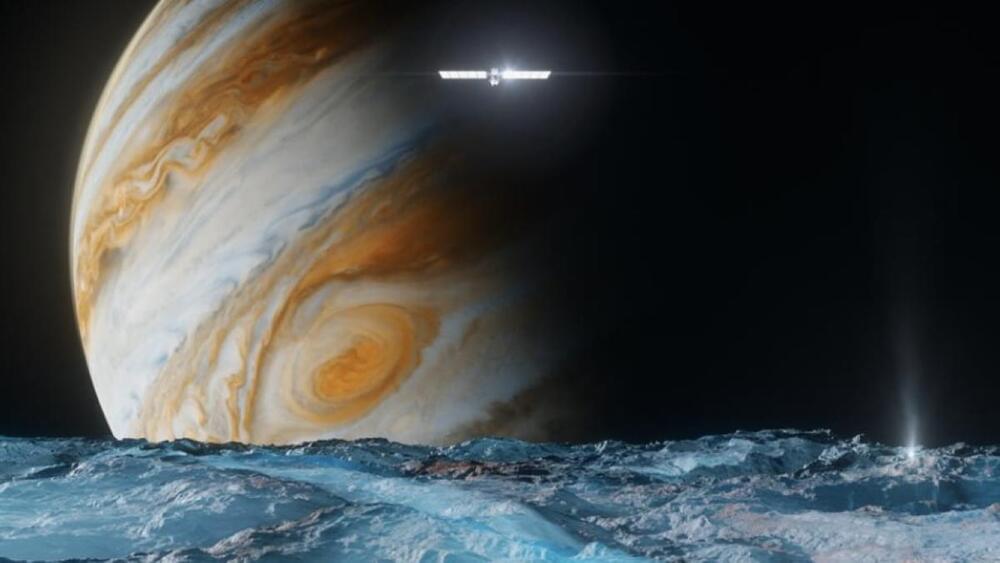


Battery performance is heavily influenced by the non-uniformity and failure of individual electrode particles. Understanding the reaction mechanisms and failure modes at nanoscale level is key to advancing battery technologies and extending their lifespan. However, capturing real-time electrochemical evolution at this scale remains challenging due to the limitations of existing sensing methods, which lack the necessary spatial resolution and sensitivity.

Mars was once a very wet planet, as is evident in its surface geological features. Scientists know that over the last 3 billion years, at least some water went deep underground, but what happened to the rest? Now, NASA’s Hubble Space Telescope and MAVEN (Mars Atmosphere and Volatile Evolution) missions are helping unlock that mystery.
“There are only two places water can go. It can freeze into the ground, or the water molecule can break into atoms, and the atoms can escape from the top of the atmosphere into space,” explained study leader John Clarke of the Center for Space Physics at Boston University in Massachusetts. “To understand how much water there was and what happened to it, we need to understand how the atoms escape into space.”
Clarke and his team combined data from Hubble and MAVEN to measure the number and current escape rate of the hydrogen atoms escaping into space. This information allowed them to extrapolate the escape rate backwards through time to understand the history of water on the red planet.
Neutrinos fill the whole universe, with about 10 million of them per cubic foot, and most of them zip straight through Earth, and through particle detectors, without leaving a trace. Because they almost never interact with matter, only massive and sophisticated experiments can catch and measure the properties of neutrinos.
The subatomic particles called neutrinos are among the most elusive in the particle kingdom. Scientists have built detectors underground, underwater, and at the South Pole to measure these ghostly particles that come from the sun, from supernovae and from many other celestial objects.
In addition to measuring neutrinos from the sky, physicists on Earth use powerful accelerators to produce neutrino beams containing billions of neutrinos, of which a tiny fraction can be measured by detectors placed in the beam line. At Fermilab, the DONUT accelerator-based neutrino experiment led in 2000 to the discovery of the tau neutrino, the third of the three known types of neutrinos.
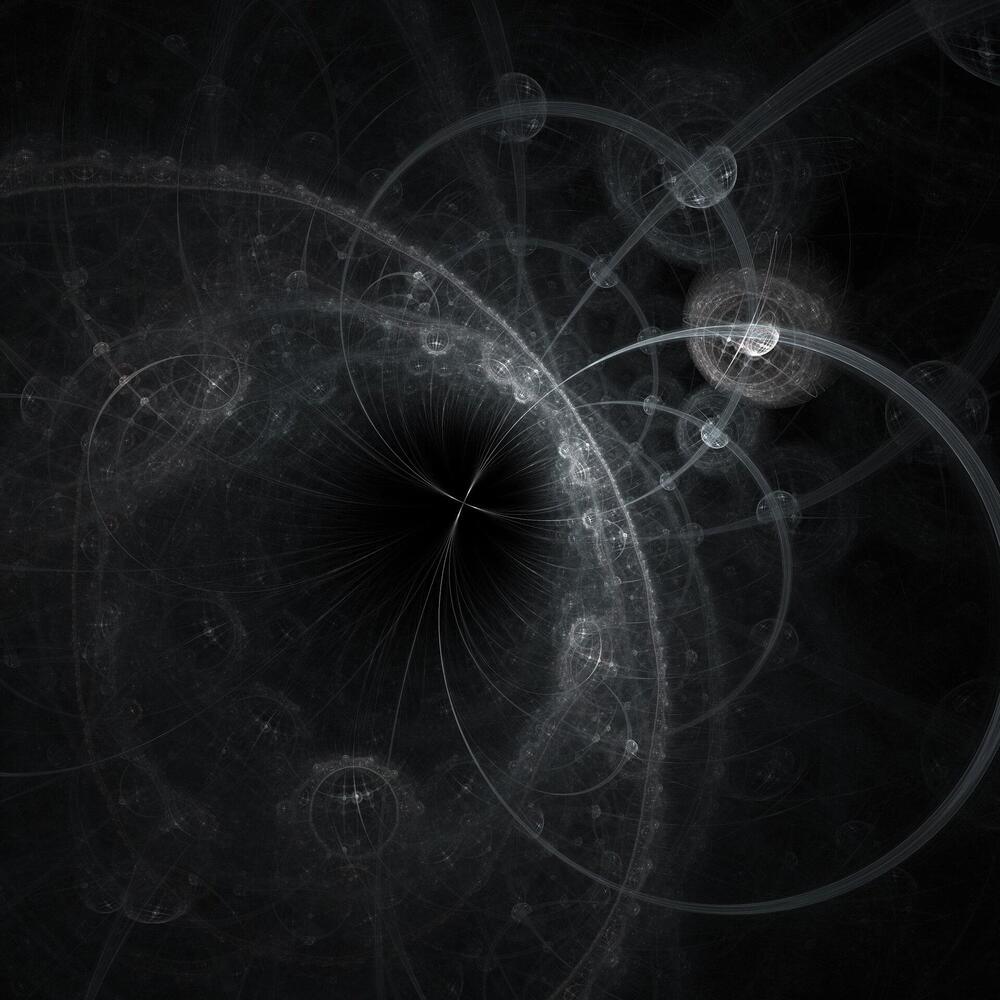
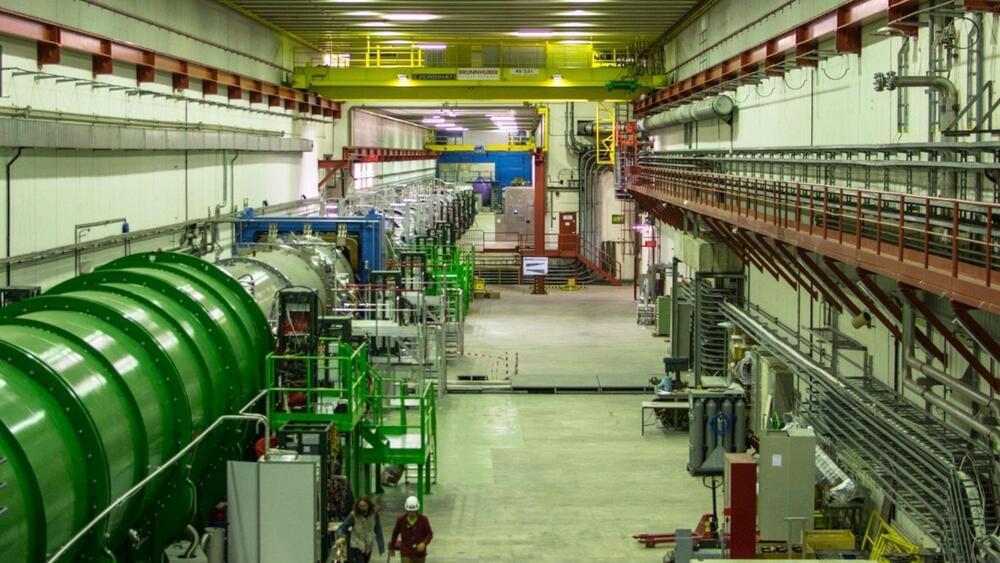
In the popular tv show big bang theory kaon decay was discovered at cern that won sheldon cooper and Amy the Nobel prize in super asymmetry and this elusive particle has been discovered. What a remarkable discovery face_with_colon_three
Researchers at CERN have observed an exceptionally rare particle decay event, potentially paving the way to uncover new physics beyond the current understanding of fundamental particles and their interactions.
This decay is extraordinarily uncommon—according to the Standard Model ℠ of particle physics, which describes particle interactions, fewer than one in every 10 billion kaons undergo this specific decay.
The NA62 experiment was developed and optimized precisely to detect and study this elusive kaon decay process.
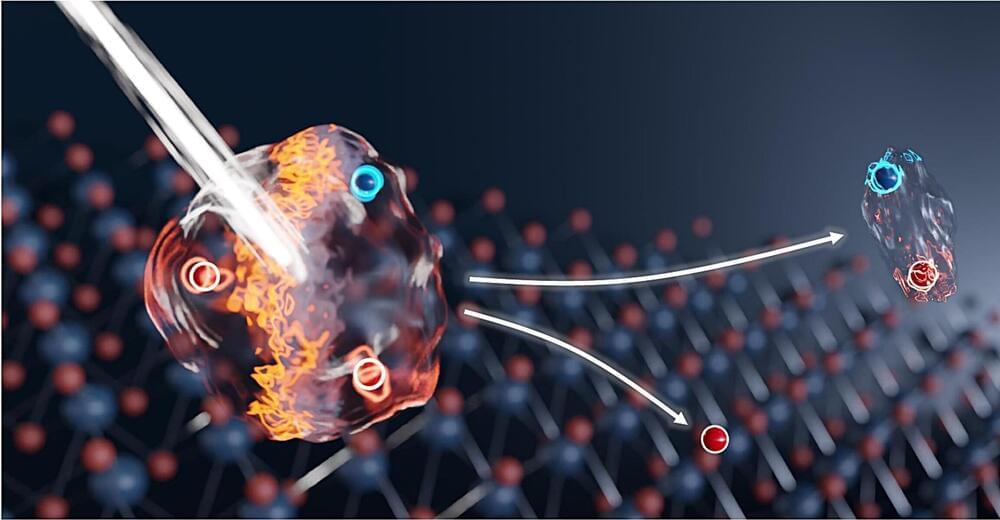
Extremely thin materials consisting of just a few atomic layers promise applications for electronics and quantum technologies. An international team led by TU Dresden has now made remarkable progress with an experiment conducted at Helmholtz-Zentrum Dresden-Rossendorf (HZDR): The experts were able to induce an extremely fast switching process between electrically neutral and charged luminescent particles in an ultra-thin, effectively two-dimensional material.
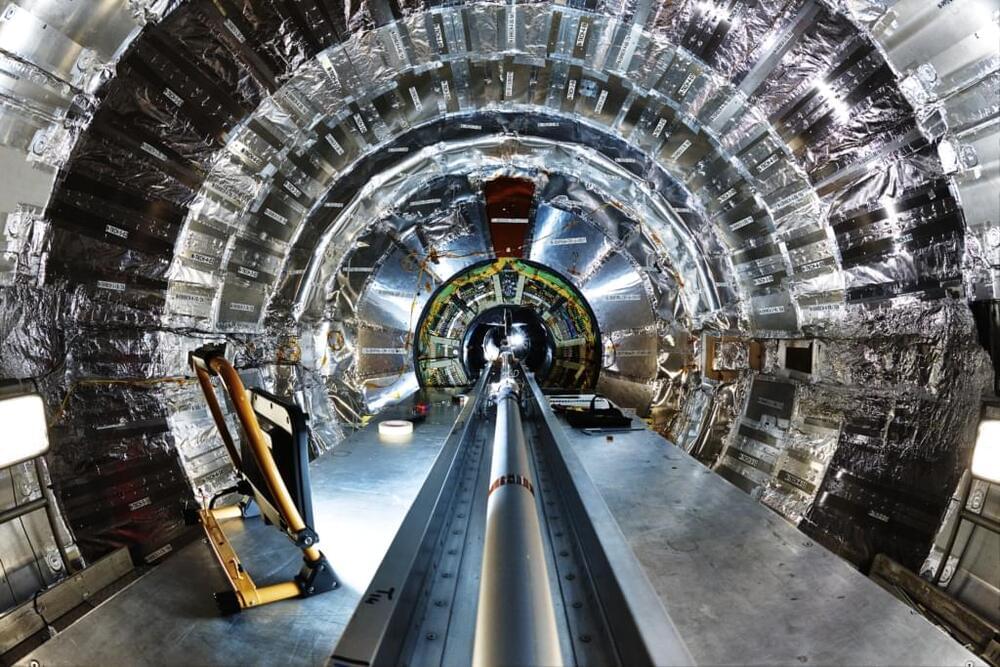
In the Large Hadron Collider (LHC), counter-rotating beams of protons travel in separate chambers under high vacuum to avoid scattering with gas molecules.
By insourcing beryllium beam-pipe production, CERN will gain direct control of the manufacturing process, allowing stricter quality assurance and greater flexibility to meet changing experimental requirements. The new facility will include several spaces to perform metallurgical analysis, machining of components, surface treatments, final assembly by electron-beam welding, and quality control steps such as metrology and non-destructive tests. As soon as beryllium beampipes are fabricated, they will follow the usual steps for ultra-high vacuum conditioning that are already available in CERN’s facilities. These include helium leak tests, non-evaporable-getter thin-film coatings, the installation of bakeout equipment, and final vacuum assessments.
Once the new workshop is operational, the validation of the different manufacturing processes will continue until mid-2026. Production will then begin for new beam pipes for the ALICE, ATLAS and CMS experiments in time for the HL-LHC, as each experiment will replace their pixel tracker – the sub-detector closest to the beam – and therefore require a new vacuum chamber. With stricter manufacturing requirements, never accomplishment before now, and a conical section designed to maximise transparency in the forward regions where particles pass through at smaller angles, ALICE’s vacuum chamber will pose a particular challenge. Together totalling 21 m in length, the first three beam pipes to be constructed at CERN will be installed in the detectors during the LHC’s Long Shutdown 3 from 2027 to 2028.
By bringing beam-pipe production in-house, CERN will acquire unique expertise that will be useful not only for the HL-LHC experiments, but also for future projects and other accelerators around the world, and preserve a fundamental technology for experimental beam pipes.
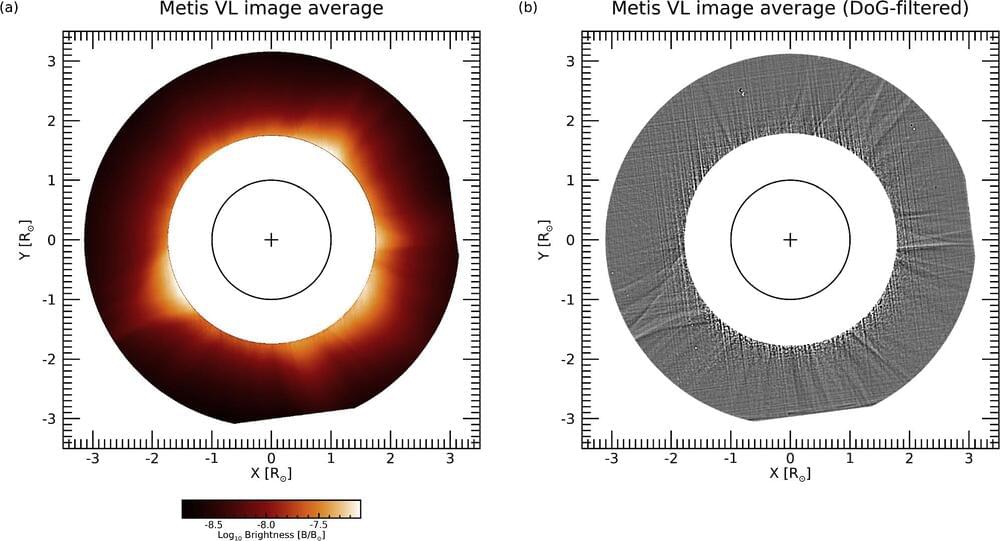
Combining two techniques, analytical chemists at the Department of Energy’s Oak Ridge National Laboratory have become the first to detect fluorine and different isotopes of uranium in a single particle at the same time. Because fluorine is essential for converting uranium into a form suitable for enrichment, spotting both elements together may help inspectors of the International Atomic Energy Agency, or IAEA, determine the intended use of a nuclear material.